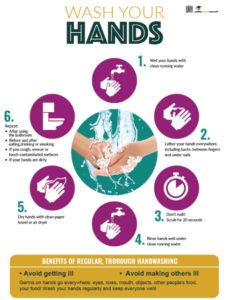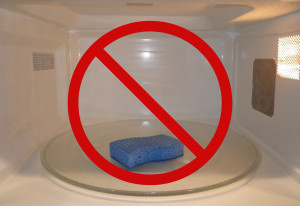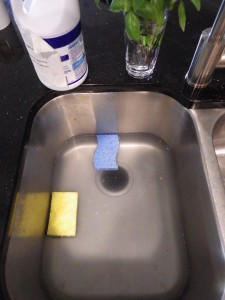Seasonal flu activity is high all over the country. Do your students or employees need a flu refresher?
Teach everyone how to avoid getting or spreading the flu with these flu education materials:
Start with our Stay Home When Sick poster:
- Based on recommendations from the CDC and World Health Organization
- Attention-getting with bold colors and simple icons
- Information is presented in five blocks for readability
- Emphasizes the importance of staying home when you’re sick
Make an even bigger impact with our Prevent the Flu PowerPoint show:
- Two presentations:
- One for adults – perfect for parents, teachers, caregivers, employees, and older adults
- One for kids – appropriate for elementary through high school
- Quizzes pop up throughout the show to keep your audience engaged
- Speaker’s notes and handouts make it easy for you to offer a timely class or webinar
- You can even edit the PowerPoint shows to meet your needs
Here are a few ideas you may want to use in your flu education:
- Teach students to check your state’s flu activity on the CDC’s flu map
- Ask your audience if anyone they live with is especially vulnerable to the flu (remind them about high risk groups: babies, young children, the elderly, pregnant women, anyone who is immunocompromised)
- Flash back to the beginning of the COVID pandemic when everyone chose a song to sing while washing their hands – it may be time to choose a new one!
Speaking of handwashing, don’t forget about our Wash Your Hands poster. Lots of people seem to have gotten out of the habit of washing for 20 seconds. Remind them about this important life-long habit!
Free Handout: Wash Your Hands











